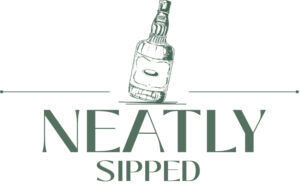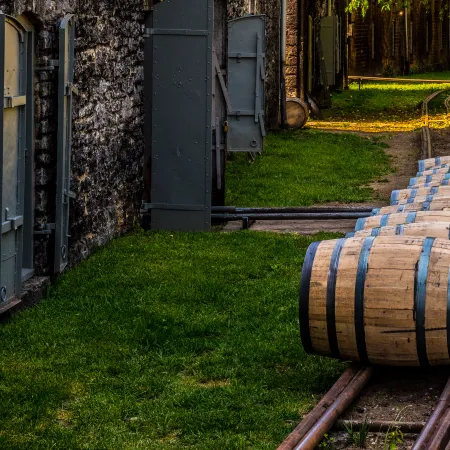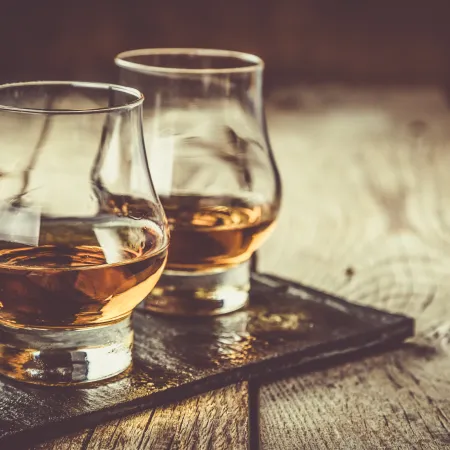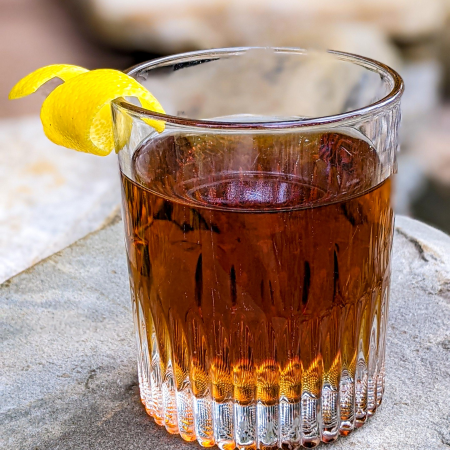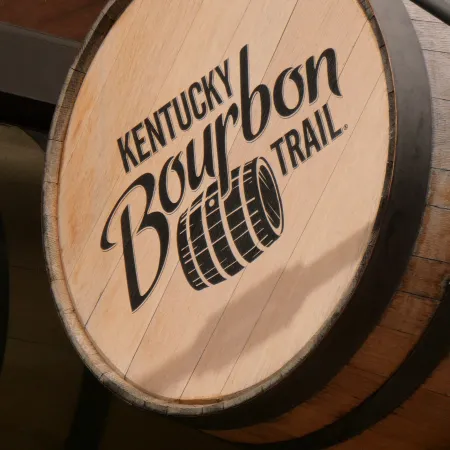
Despite the fact that bourbon can legally be produced anywhere in the United States, 95% of all bourbon is still made in the state of Kentucky. But why? How did one little state become the bourbon capitol of the world? It would be cool if Kentucky’s rise to bourbon power was an intricate one involving politics or scandal, but really it was more of a scientific fluke and a happy accident.
As people began to explore and settle in Kentucky, it wasn’t long before they started craving a good glass of whiskey. Can you really blame them? Pioneer life was no walk in the park. Since the settlers were primarily French, they understood some of the basics of European whiskey making, but had to improvise in the Americas. Luckily for them, Kentucky’s resources didn’t just make a great whiskey – they made a great bourbon.
There are five main reasons Kentucky became the birthplace of bourbon and continues to be its hub of production today:
- A Surplus of Corn
Step number one in the, “How to be a European Settler on the Frontier” is to plant some food and hope for the best. Fortunately for Kentucky settlers, the soil was great for agriculture and produced tons of indigenous crops, including corn. Corn in particular was easy to grow and easy to use, so settlers grew a lot of it – almost a bit too much of it. And in the 1770s on the frontier there’s only one thing to do with an excess of grain – turn it into alcohol. Fermenting the corn for whiskey wasn’t just fun, but it also produced a more profitable product for the settlers than just the corn itself. In contrast to the European whiskies of the time, this corn-based whisky was sweeter and felt like a distinctly different product. Today, bourbon legally has to be at least 51% corn and it all started with a pioneering surplus of corn. - Limestone Water
Water is the only added substance allowed in bourbon and is a requirement for the bourbon-making process as a whole. Needless to say, the quality really counts. Back in the day though, water wasn’t exactly known for being consistently great or even safe to drink. Kentucky’s limestone water though had some particular perks. The state of Kentucky sits on a huge bed of limestone, meaning limestone seeps into all of the ground water. Now things seeping into water don’t usually sound terrific, but limestone actually adds tons of nutrients into water and naturally removes iron from it. Why does all that matter? Well, during the fermentation process all of those added nutrients actually help yeast thrive and keep the process moving along. Iron on the other hand, while good for us in some forms, is a real bummer in the bourbon aging process. If bourbon has too much iron in the barrel its flavor can be impacted and the product can actually turn black. - Wild Yeast
Alongside water, yeast is one of the MVPs of the bourbon-making process. Yeast is what turns that pile of wet grains into a mash bill during fermentation. Basically without yeast, whiskey of any kind would be impossible. Today, we can just buy yeast at the store and distillers can order yeast for whiskey, but back in the day you had to rely on wild yeast to help your bread rise or your bourbon ferment. Wild yeast is named because it naturally occurs in the wild and exists in the air we breathe. Kentucky’s air, as it turns out, was full of wild yeast. The more natural yeast you have in the air, the better chance your bourbon has of fermenting. Easy. - Variable Seasons
The barrel, and the aging process it controls, is responsible for 75% of a bourbon’s final taste. As the bourbon seeps into the wood, it grabs hold of the charred, oak’s flavors and turns them into bourbon flavors. But that crucial point can’t happen without temperature fluctuation. A change in the barrel’s environmental temperatures means the wood can constrict and contract, pulling the bourbon in and pushing it out as it goes. This allows bourbon to seep into the wood at the perfect rate and rhythm for its final flavor. Bourbon, then, needs to be created in a place that experiences all of the seasons and Kentucky fits that bill. - White Oak Trees
Europeans had already figured out how clutch wood barrels could be in aging and transporting alcoholic goods. The European settlers in Kentucky, then, saw no reason to recreate the wheel and went searching for the best wood for their whiskey barrels. Turns out, American White Oak is one of the most populous species of trees in Kentucky and well, settlers didn’t need any more reason than that. Oak might have been populous, but it actually was a great choice for bourbon barrels as well. Oak is a softer wood which made it easy to bend into barrels and its tight grain naturally aided the aging process. Laziness for the win.
There may not have been a strategy to create a new type of whiskey or for Kentucky to make whiskey at all, but by sheer accident it became the perfect place to invent bourbon and continues to set the standard.
